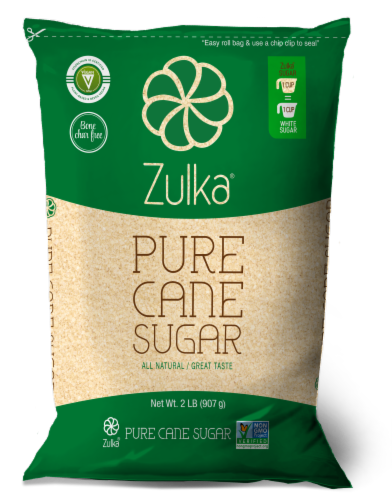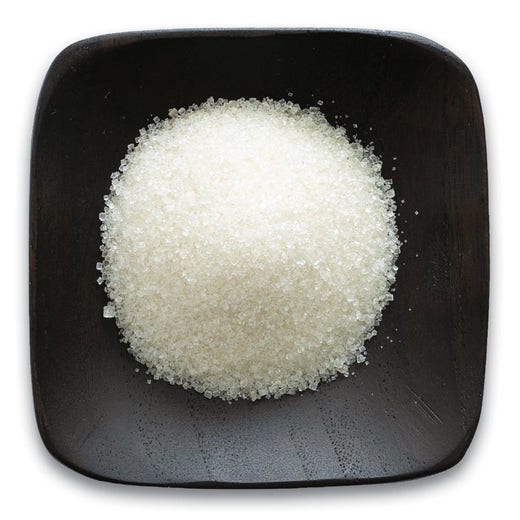The Journey of Cane Sugar Processing: From Harvest to Crystals
Wiki Article
Checking Out the Comprehensive Tips Associated With Walking Cane Sugar Handling From Harvesting to Improvement
The procedure of cane sugar production encompasses a series of elaborate steps, beginning with the careful harvesting of sugarcane and culminating in the improvement phases that ensure the end product fulfills industry standards. Each stage, from the extraction of juice to the filtration and formation procedures, plays a vital function in determining the high quality and personality of the sugar. Understanding these phases not only highlights the complexity of sugar production however likewise increases crucial concerns about performance, sustainability, and advancement in the sector. What ramifications do these elements have for future techniques?Harvesting Sugarcane
Gathering sugarcane is an essential action in the cane sugar processing chain, as it directly affects the top quality and yield of the end product. Correct timing and strategies are necessary during this phase to ensure optimal sugar content and decrease losses. Generally, sugarcane is harvested when it reaches maturation, usually 12 to 18 months after planting, characterized by a high sucrose focus.

Post-harvest, the sugarcane has to be processed promptly to stop sucrose deterioration. Ideally, gathered walking cane should be carried to processing facilities within 24 hours to protect sugar high quality. As a result, effective logistical preparation is crucial to keep the integrity of the gathered plant throughout the supply chain.
Removal Refine

The crushed walking stick undergoes a series of pushing operations to maximize juice recuperation. Normally, warm water is splashed onto the crushed cane, creating a countercurrent circulation that assists liquify the sugar while additionally helping in the removal process. The juice accumulated from this procedure includes not just sugar yet also numerous organic substances and pollutants.

To enhance removal effectiveness, some facilities may utilize diffusion approaches, where the sugarcane is soaked in warm water, permitting the soluble sugars to diffuse into the fluid. The resulting juice, rich in sucrose, is then guided to succeeding processing stages, laying the structure for filtration and improvement. The removal process is thus critical in identifying the quality and yield of the last sugar product.
Filtration Strategies
The filtration strategies employed in cane sugar processing are essential for transforming the raw juice into a high-grade sugar item. These methods largely aim to get rid of impurities, such as dirt, plant materials, and not natural substances, which can negatively affect the last product's taste and color.Among one of the most typical filtration techniques is explanation. This process includes including lime and heat to the raw juice, which facilitates the coagulation of pollutants. The resulting precipitate is after that removed with sedimentation or purification, producing a more clear juice. Furthermore, using phosphoric acid can enhance the explanation process by additional binding contaminations.
An additional considerable strategy is carbonatation, where co2 is presented to the clarified juice. This reaction produces calcium carbonate, which catches continuing to be contaminations and advertises their elimination.
Additionally, triggered carbon treatment might be put on adsorb any remaining colorants and organic impurities, making sure an extra polished item. The mix of these approaches successfully prepares the sugar juice for subsequent actions in the refining process, establishing the phase this website for the manufacturing of top notch walking cane sugar.
Crystallization Methods
After the purification phase, the next crucial step in walking cane sugar processing includes formation techniques, which play a crucial role in changing the clarified juice right into solid sugar. This procedure generally uses 2 primary techniques: spontaneous formation and regulated formation.In spontaneous crystallization, supersaturated sugar services are enabled to cool down normally, leading to the formation of sugar crystals over time. This approach enables for the consistent development of sugar crystals and higher pureness.
Throughout condensation, the clarified juice is concentrated through evaporation, increasing its sugar content up until it reaches supersaturation. Once this factor is achieved, either technique can promote the crystallization procedure. Cane Sugar Processing. The resultant sugar crystals are then separated from the remaining syrup through centrifugation
Ultimately, the selection of condensation technique affects the quality, size, and pureness of the last sugar item, making this action crucial in the overall walking stick sugar handling treatment.
Improvement and Product Packaging
Just how can the pureness and high quality of walking stick sugar be additionally improved after formation? The refinement process plays a critical function in achieving top quality cane sugar.Following, the sugar undergoes a process called centrifugation, where it is rotated at high rates to divide the detoxified sugar crystals from the remaining fluid. After centrifugation, the sugar is usually more fine-tuned through an approach called carbonization or phosphatation, which uses activated carbon or phosphoric acid to remove color and off-flavors.
Once fine-tuned, the sugar is dried to attain the desired dampness material, making sure that it remains secure throughout storage space and transport. The final action includes product packaging the refined sugar in airtight and moisture-proof containers to preserve its quality and prevent contamination. Cane Sugar Processing. Appropriate packaging not just expands life span but likewise assists in simple handling and distribution, making certain that customers get sugar that fulfills the highest possible requirements of purity and top quality
Conclusion
The thorough steps included in cane sugar handling, from the meticulous harvesting of sugarcane to the elaborate improvement and product packaging stages, highlight the importance of each phase in making certain high-quality sugar production. Optimal harvesting techniques, effective removal approaches, and strenuous purification processes jointly add to the last item's purity and stability. The formation and succeeding product packaging techniques additional info further enhance the stability and service life of the sugar, highlighting the intricacy and accuracy integral in this necessary agricultural market.The procedure of walking cane sugar manufacturing incorporates a collection of intricate actions, beginning with the mindful harvesting of sugarcane and culminating in the refinement phases that guarantee the last product meets market criteria. Preferably, collected walking cane needs to be moved to processing centers within 24 hours to maintain sugar top quality.In spontaneous formation, supersaturated sugar options are enabled to cool naturally, leading to the development of sugar crystals over time - Cane Sugar Processing. The improvement procedure plays a crucial duty in attaining high-grade walking stick sugar.The detailed steps entailed in cane sugar processing, from the thorough harvesting of sugarcane to the complex refinement and packaging find out this here phases, highlight the significance of each phase in guaranteeing high-quality sugar manufacturing
Report this wiki page